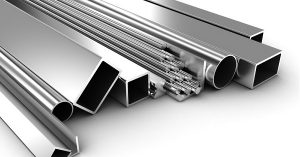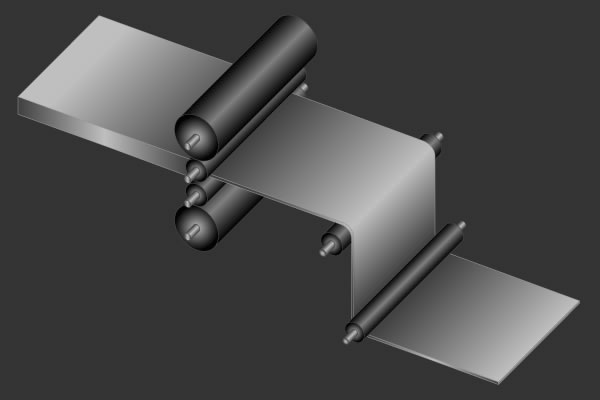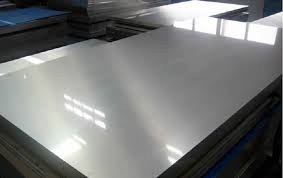Stainless Steel – An Anti-Rust & Anti-Corrosion Material
Stainless Steel is an important and widely used type of steel which is most renowned for its resistance to corrosion, staining and rusting. Normally, iron and steel are susceptible to rusting and have to be protected from oxidation in the presence of water. This is because Stainless Steel is recommended in food making application since it largely eliminates rusting problem. It is also known as inox steel in metallurgy, which means in-oxidizable steel.
This desirable property of stainless steel is due to the high concentration of chromium that is present in the steel. This makes it quite different from other carbon steel alloys. Other types of steel undergo the process of oxidation when exposed to oxygen and moisture to form iron oxide. The iron oxide has a much lower density compared to steel and is softer, so it easily breaks off as flakes, in turn exposing the layer underneath, to further rusting.
Stainless Steel also undergoes oxidation but the difference lies in the type of oxide formed. Stainless steel forms a layer of chromium oxide on its surface in the presence of oxygen and water. This compound is inert and prevents more oxygen form coming in contact with the rest of the steel and thus protects the material from further damage. The process of forming an inert layer of chromium oxide is known as passivation and I depends on a high concentration of chromium in the alloy. It should be noted that stainless steel may get corroded in environments that contain low oxygen or high salinity.
Also read about expert view on Stainless steel pitting prevention techniques.
Stainless Steel Composition: Stainless Steel contains atleast 10.5 percent of chromium but the value depends on the required properties. A 13% composition of chromium is sufficient to prevent oxidation at room temperatures while this proportion can rise up to 26 percent for extreme environments. The chromium forms Chromium(III) oxide which is an invisible compound that maintains a shiny and smooth surface. Another advantage of this layer is that it can quickly form again if the surface is scratched. This property of passivation is also possessed by some other metals like titanium and aluminium.

Resistance to Acids: Apart from oxygen and moisture, Stainless Steel also offers resistance against acids of various concentrations. This also depends on the temperature and the type of steel and acid. Most stainless steel types are resistant to attack from phosphoric acid while some types like SS 904 can resist sulfuric acid attack at room temperature and high concentrations. Some types like SS 304 however can be corroded in the presence of Sulfuric acid. Hydro-chloric acid is an acid which can corrode all types of Stainless Steel and should be avoided.
Applications of Stainless Steel: The properties of Stainless Steel make it highly popular for many applications. It has the strength of steel, resistance to rust and also a shiny and attractive appearance. It can be cleaned easily using water or steam and does not require painting. Stainless steel is produced in the form of coils, sheets, plates, bars and wires. The material is used to make things like cutlery, cooking utensils, surgical equipment and some electrical appliances. Stainless Steel is also used extensively to make industrial equipment such as storage tanks for liquids which benefit from its anti-corrosion properties, in automotive and aerospace applications as well as in construction.








Is there any standard like ASTM, ISO, JIS, DIN。。。。 etc to define the anti-corrosion grade like food-grade, medical grade, marine grade, unclear industry grade。。。。to guide the application of stainless steel.